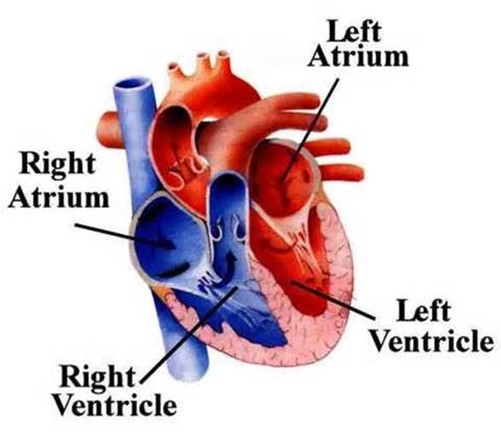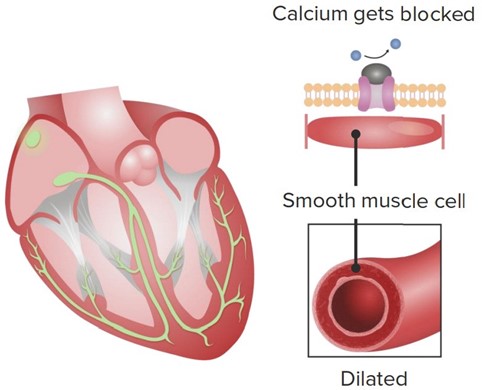When the nurse checks the patient for orthodontic hypotension, what did the nurse have the patient do?
Physical exertion
Eat
Stand up
D. Lie down
The Correct Answer is C
Orthostatic hypotension is a drop in blood pressure that occurs when a person stands up from a sitting or lying down position. To check for orthostatic hypotension, the nurse typically takes the patient's blood pressure and heart rate while the patient is lying down, then has the patient stand up for a few minutes and takes the blood pressure and heart rate again. If the blood pressure drops significantly (usually a drop of 20 mm Hg or more) and the heart rate increases, it may indicate orthostatic hypotension.
Nursing Test Bank
Naxlex Comprehensive Predictor Exams
Related Questions
Correct Answer is C
Explanation

The left ventricle is responsible for pumping oxygenated blood out of the heart and into systemic circulation, which requires generating enough pressure to overcome the resistance of the systemic blood vessels. Therefore, the left ventricle has thicker and more muscular walls than the right ventricle and can generate higher pressures during contraction. In contrast, the right ventricle pumps deoxygenated blood to the lungs, which have lower resistance compared to the systemic circulation, and therefore do not need to generate as high pressures.
Correct Answer is B
Explanation
Calcium channel blockers (CCBs) are a class of medications that block the influx of calcium ions into cardiac and smooth muscle cells, leading to relaxation of these muscles and dilation of blood vessels.
In the heart, CCBs primarily affect the L-type calcium channels in the cardiac myocytes, which are responsible for the influx of calcium ions during the plateau phase of the cardiac action potential. By blocking these channels, CCBs decrease the amount of calcium that enters the cardiac myocytes, which in turn reduces the strength of cardiac contractions (i.e. contractility). 
This reduction in contractility can be beneficial in certain conditions where the heart is working too hard or experiencing insufficient blood flow, such as in hypertension, angina, or some forms of arrhythmia. By reducing the workload of the heart, CCBs can help to lower blood pressure, decrease oxygen demand, and improve blood flow to the heart.
While CCBs can also have effects on the rate and rhythm of cardiac contractions, these effects are generally less pronounced than the reduction in contractility. Some CCBs, such as verapamil and diltiazem, can slow the heart rate by blocking the L-type calcium channels in the sinoatrial (SA) and atrioventricular (AV) nodes, while others, such as nifedipine, have little effect on heart rate.
Whether you are a student looking to ace your exams or a practicing nurse seeking to enhance your expertise , our nursing education contents will empower you with the confidence and competence to make a difference in the lives of patients and become a respected leader in the healthcare field.
Visit Naxlex, invest in your future and unlock endless possibilities with our unparalleled nursing education contents today
Report Wrong Answer on the Current Question
Do you disagree with the answer? If yes, what is your expected answer? Explain.
Kindly be descriptive with the issue you are facing.
